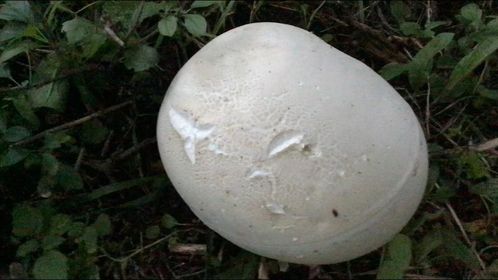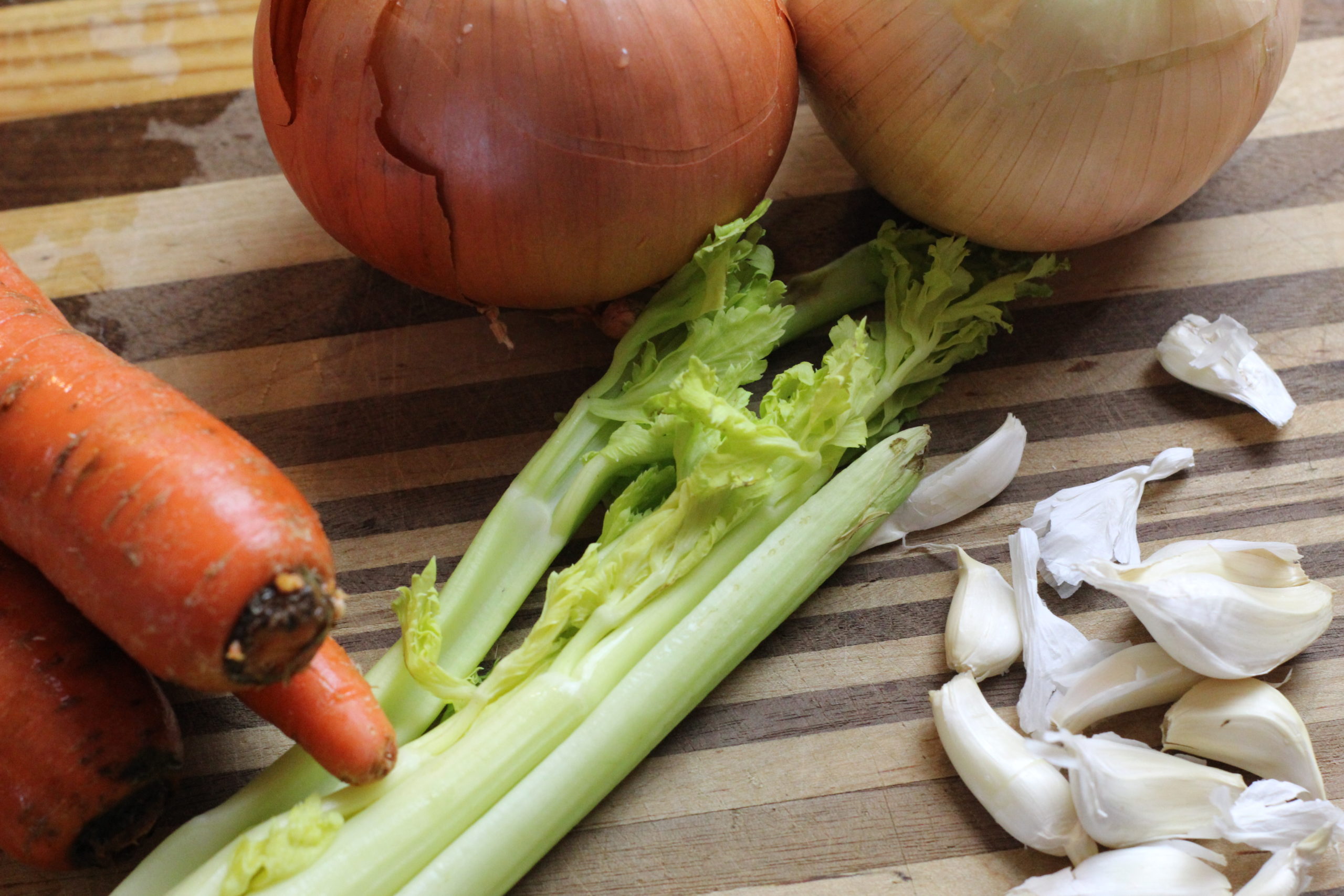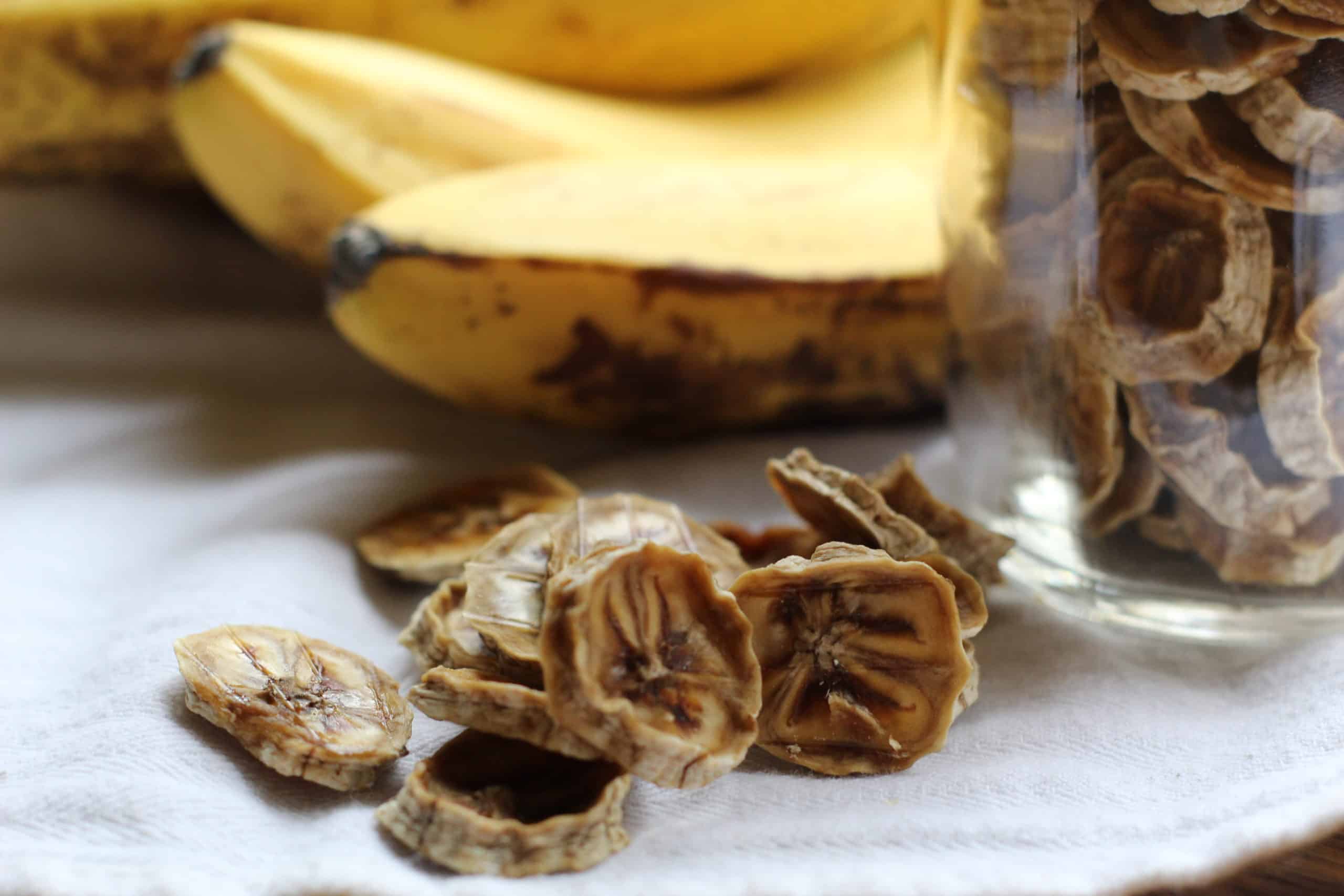Lilac Jelly Recipe
This lilac jelly recipe is easy, beautiful, and has a delicate flavor. There is something so satisfying about foraging wild plants. It automatically makes me feel like some sort of wild wise woman who is at one with the Earth. I mean that might be a bit much, but you get the idea.
Jump to RecipeWhat are Lilacs?
Lilacs are a flowering shrub or bush that puts on gorgeous and fragrant blossoms in early spring. The colors can range from white to dark purple flowers. These lovely blossoms only stick around for a week or two, making their bloom a special treat to look forward to.
I feel like everyone who had any kind of youthful ties to the country at all has some sort of tie to fresh lilac flowers. It also seems most of us connect them with our Grandmothers. I know my mom’s mom was a lilac fan, and so my mom is too. Of course, so am I.
One of my favorite things about lilac bushes is they can give you clues to histories long since demolished or crumbled into the ground. If you are ever driving in the country and see a lilac bush or bushes in a seemingly random place, you can bet a farmhouse stood there once. Those were planted by some sweet farmer for his wife, or perhaps by a woman herself determined to have her own beautiful lilac bush.
When is Lilac Season?
Lilacs are one of the first flowers you can enjoy in the spring. Their bloom time will vary greatly depending on where you live. Here in Minnesota, Zone 4, we can expect blossoms around mid-May. Unfortunately depending on the weather they might only be around for one short week or they may stretch out for two or three.

Do Lilacs Have Medicinal Properties?
After digging through stacks of herbal books and reviewing academic herbal references, my answer here is a no. That’s not to say there aren’t folk remedies out there in which parts of lilacs are used. However, given the fact that I can’t find even one credible source for lilacs as a medicine I tend to think it is a plant we can enjoy for it’s beauty and marvelous scent and leave it at that. Of course it can also be enjoyed in flower jellies.
Foraging Etiquette
When foraging for plants there are some good rules to keep in mind.
- Only harvest where you have permission.
- Avoid roadsides or other areas where there could be use of herbicides or pesticides
- Leave much more than you take. A good rule of thumb is never to take more than 1/3rd. Say there are thirty blossom bunches. Don’t take more than ten.

Gathering Supplies and Ingredients for Lilac Jelly
For this recipe you’ll need to round up quite a few supplies.
Ingredients
- 2 Cups Lilac Blossoms
- 2 Tablespoons Lemon Juice
- 3 1/2 Cups Sugar
- 1 Pouch Liquid Pectin (do not substitute powdered)
Supplies
- Quart Mason Jar
- Five Canning Jars with Lids (Jelly jars, or 1/2 pint sized are what I used)
- Hot Water Bath Canner
- Measuring Cup
Sugar Substitutes
I’ve only made this recipe as is, but you could certainly experiment with using honey as a substitute or using something like Pomona’s Pectin. Pomona’s allows for low-sugar jam and jelly making. It involves making calcium water which helps them to set properly with less sugar. Check out their website for more information. Be sure to follow a recipe, don’t just swap out your sweetener willy nilly or it likely will result at best in a jelly that doesn’t set properly or at worst with a canned item that is not safely preserved for consumption.

How to Make Lilac Jelly
Harvest
The first step is to gather two cups worth of lilac petals. It is best to gather the lilac blooms mid-morning after the dew is gone but the heat of the day hasn’t set in. It’s best to select blooms that have recently opened or are maybe half bloomed/half about to open.
The branches can be a bit sturdier than you would think, so bring a solid pair of scissors or a pair of garden snippers for easy harvest.
Prep
Give them a quick rinse in a colander to clear out any bugs.
Remove all the leaves and stems. Place the blossoms in a quart sized mason jar.
Fill the jar with near boiling water (about four cups of water).
Allow the blossoms to steep overnight at room temperature for, 12-24 hours. You are basically making several cups of lilac tea!

Jelly Time!
The next day, strain two cups of the liquid into a large pot. I use a four-quart stock pot.
Add 2 Tbsp fresh or bottled lemon juice and 3 1/2 cups of sugar to the strained liquid.
Bring to a rolling boil.
Next add one pouch of liquid pectin. I have not used powdered pectin before for this recipe. Please keep in mind the two aren’t always interchangeable, so it is a good idea to review the pectin packet before you use it.
Bring it back to a full boil and let it boil for one minute.
Preserve
Being careful to not burn yourself, ladle the hot jelly into hot jars. Wipe the rim of the jar with a damp cloth to make sure it is clean. Place a lid on top and fit with the metal ring. Then process in a hot water bath canner for five minutes. This can vary depending on your location and sea level. If you are at higher altitudes please check out this source for how to adjust canning times. -fr
Once you remove them from the canner, allow the jars to sit for twenty-four hours in a draft-free location. After one day, you can remove the outer canning ring. Store them out of direct sunlight and use within one year. I also recommend labeling your lids with what is in there or you might confuse your lilac jelly for dandelion!

Why isn’t the jelly lilac colored?
Unfortunately making lilac tea and then turning it into a jelly mixture means it won’t be the color of lilacs. You probably noticed the lilac water wasn’t purple, and the petals themselves turn brown after being steeped.
You can certainly add some food coloring to your jelly if you want without affecting the water bath canning process at all. I would recommend starting with a few drops of red, then add in one drop of blue. Stir this in just before ladling into jars.
What if my Jelly Doesn’t Set?
I’ve noticed that some lilac flower jelly can take up to two weeks to become jelly like! If it still isn’t setting you can rebatch it. Check out this video to learn how to rebatch jelly. Jelly can absolutely be rebatched after a few weeks. Keep an eye on it and gently move the jar from side to side to see if it has set properly or not.
Looking for more foraging?
Here are some more foraging and canning recipes you might enjoy!

Lilac Jelly Recipe
Equipment
- Quart Mason Jar
- Five Jelly Jars with lids (canning jars)
- Hot Water Bath Canner
- Ladle
- Canning Funnel
Ingredients
- 2 Cups Lilac Blossoms
- 2 Tablespoons Lemon Juice
- 3 1/2 Cups Sugar
- 1 Pouch Liquid Pectin do not substitute powdered
Instructions
- Gather two cups worth of lilac blossoms.
- Remove all the leaves and stems.
- Place the blossoms in a quart sized mason jar.
- Fill the jar with near boiling water.
- Allow the blossoms to steep overnight, 12-24 hours.
- Strain two cups of the liquid into a four quart stock pot.
- Add 2 Tbsp fresh or bottled lemon juice and 3 1/2 cups of sugar.
- Bring to a rolling boil.
- Next add one pouch of liquid pectin.
- Bring it back to a boil and let it boil for one minute. Stir Constantly.
- Being careful to not burn yourself, ladle the hot jelly into jelly jars.
- Fit with metal lids and rings.
- Process in a hot water bath canner for five minutes.
- Allow to cool
- Label and Date






